The plant world is home to countless fascinating species, but few are as intriguing as Monstera deliciosa — an ornamental houseplant turned tropical delicacy. Commonly known as the Fruit Salad Plant because of its unique fruit that tastes like a combination of pineapple, banana, and mango, this climbing evergreen is a native of the rainforests of Central and South America.
While Monstera is globally adored for its stunning split leaves, its fruit remains relatively rare and prized wherever it grows. This article explores the global production of Monstera deliciosa fruit and identifies which country leads in cultivating this fascinating plant for its edible yield.
What Is Monstera Deliciosa?

Monstera deliciosa is a species of flowering plant in the Araceae family, native to the tropical forests of southern Mexico, extending to Panama. While it’s globally grown indoors as a decorative plant, in its natural environment it grows as a vine or ground creeper, climbing trees with its aerial roots.
The plant produces a large, spiky fruit that matures over several months. When ripe, the fruit’s scales fall away, revealing a creamy, sweet pulp that carries flavors of tropical fruits — hence the nickname “Fruit Salad Plant.”
Natural Habitat and Cultivation Requirements
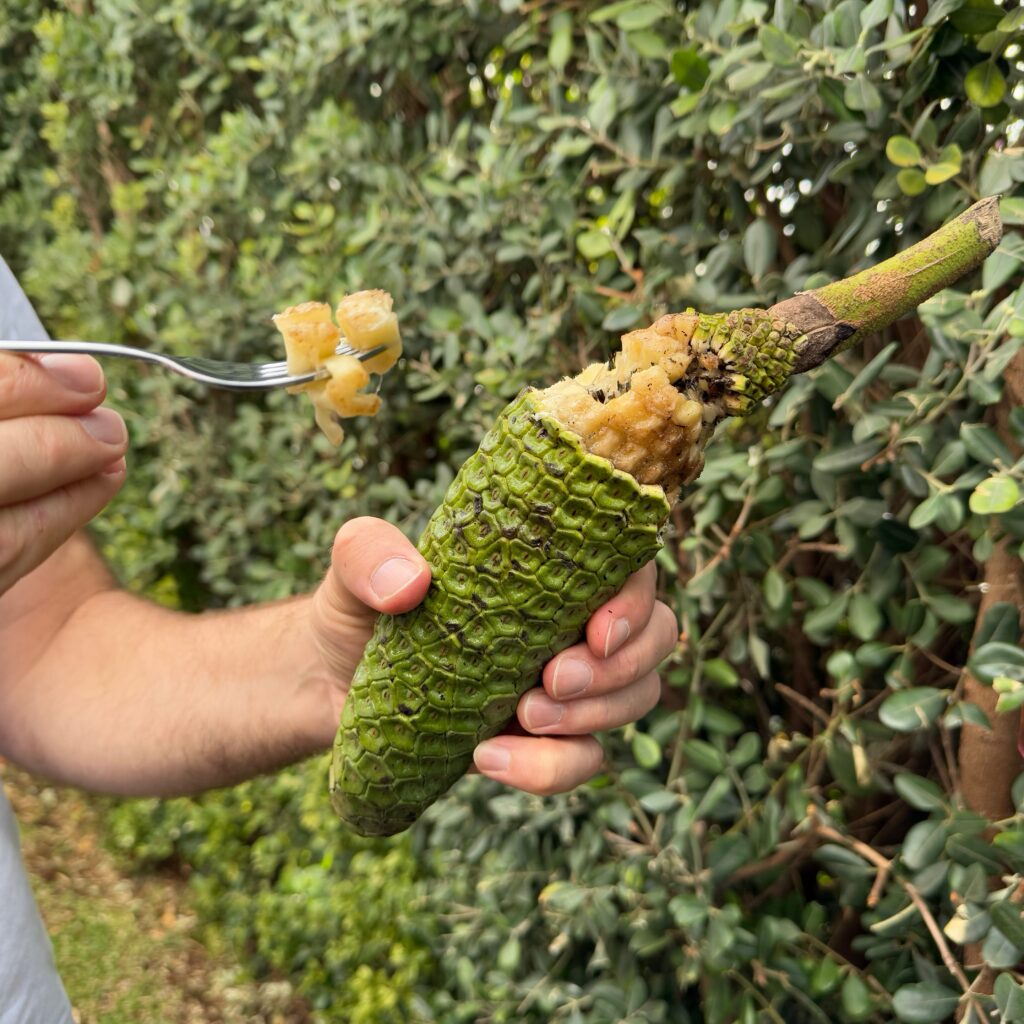
Monstera deliciosa thrives in warm, humid environments with rich, well-drained soil. It flourishes in rainforests where it can climb tall trees, benefiting from filtered sunlight and consistent moisture. The plant requires:
- Temperatures between 20°C to 30°C
- High humidity
- Partial shade to indirect sunlight
- Deep, loamy soil
Due to these specific needs, large-scale Monstera fruit cultivation is possible only in select tropical and subtropical regions.
Global Cultivation of Monstera Deliciosa
Though now popular as a houseplant worldwide, the fruit-bearing Monstera deliciosa is grown mainly in its native range and a few other tropical areas. Countries where it’s cultivated for its fruit include:
- Mexico (native and largest producer)
- Guatemala
- Costa Rica
- Panama
- Colombia
- Hawaii (USA)
- Australia (Queensland)
- Parts of Southeast Asia
However, large-scale commercial cultivation is limited because the fruit takes up to a year to ripen, has a short shelf life, and requires careful harvesting as unripe portions contain calcium oxalate crystals, which can irritate the mouth and throat.
Which Country Leads Global Production?
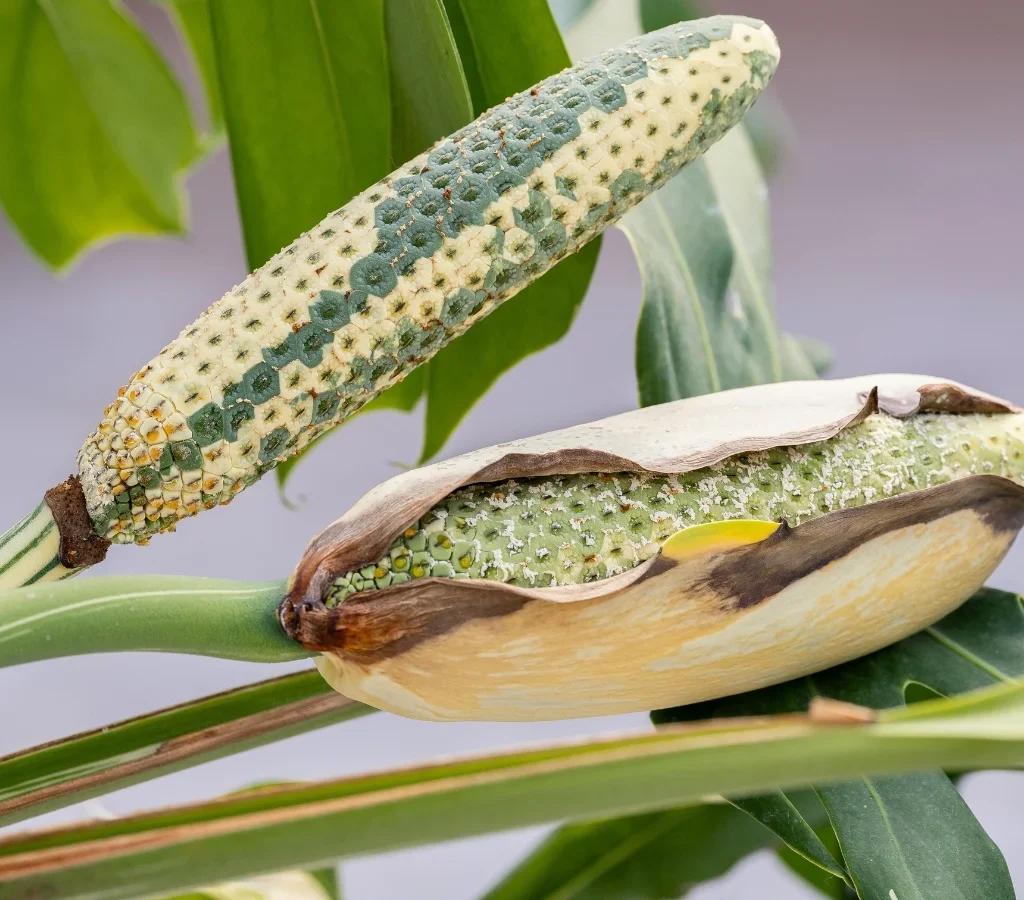
Without question, Mexico holds the title of the largest producer of Monstera deliciosa fruit globally.
Why Mexico?
- Native Habitat Advantage:
As the plant’s natural home, southern Mexico — particularly the states of Chiapas, Veracruz, and Oaxaca — offers ideal growing conditions with consistent warmth, humidity, and shaded forest canopies. - Cultural Familiarity:
In rural communities, Monstera fruit is traditionally foraged or cultivated in home gardens, where it’s known as ‘Ceriman’ or ‘Mexican breadfruit’. Its unique flavor and medicinal properties have been appreciated for generations. - Widespread Wild Growth:
In parts of southern Mexico, Monstera deliciosa grows prolifically in the wild, where locals gather the fruit seasonally. Its natural abundance in these regions gives Mexico a production edge. - Small Commercial Orchards:
While not as widely farmed as mainstream tropical fruits, Mexico hosts small, dedicated orchards that produce Monstera fruit for regional markets and occasional export, especially to specialty grocers and gourmet restaurants.
Estimated Production Figures
Because Monstera deliciosa is typically grown on small farms or in wild harvest settings, comprehensive production statistics are scarce. However, agricultural reports and expert sources suggest:
- Mexico produces several hundred tons of Monstera fruit annually — a modest figure compared to bananas or mangoes but still the highest globally.
- States like Veracruz and Chiapas account for the majority of this production.
In contrast, other countries like Costa Rica, Guatemala, and Hawaii cultivate Monstera on a much smaller, localized scale, mainly for domestic consumption or ornamental plant sales.
Culinary Uses of Monstera Deliciosa Fruit
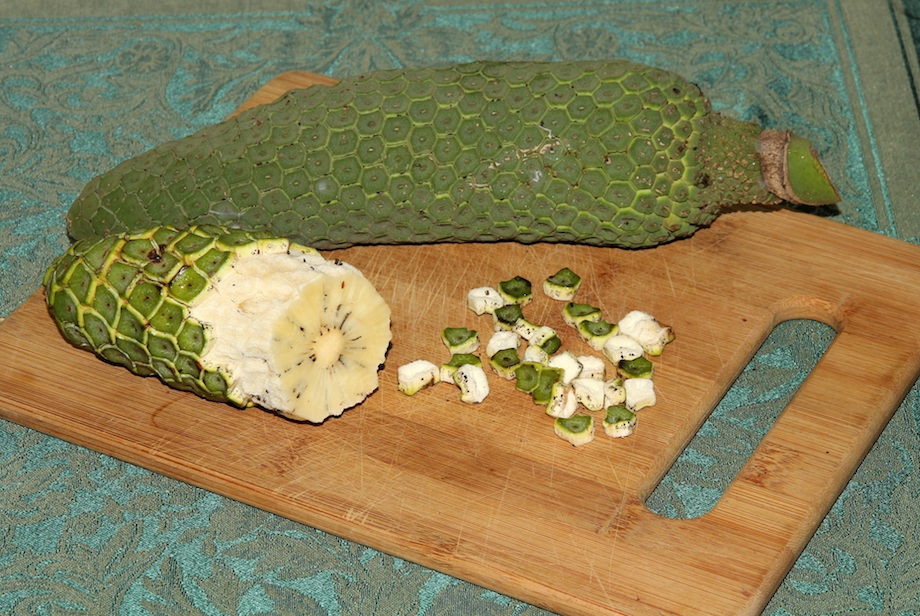
The fruit of Monstera deliciosa is both exotic and versatile:
- Eaten fresh: The creamy pulp is scooped out and enjoyed as a tropical treat.
- Used in smoothies and desserts: Its naturally sweet, fruity flavor complements other tropical ingredients.
- Made into jams, sauces, and syrups: Especially in regions of Mexico and Central America.
- Crafted into exotic cocktails and liqueurs: The fruit’s complex flavor profile enhances premium beverages.
Important Note: Only the fully ripe fruit is edible. Unripe portions contain calcium oxalate crystals that can cause irritation.
Health Benefits of Monstera Deliciosa
Beyond its delicious taste, the fruit offers several health benefits:
- Rich in vitamin C: Supports immune health and skin vitality.
- High in dietary fiber: Aids digestion and promotes gut health.
- Contains potassium and phosphorus: Essential for heart, bone, and muscle function.
- Loaded with antioxidants: Helps combat oxidative stress and inflammation.
Challenges in Global Production
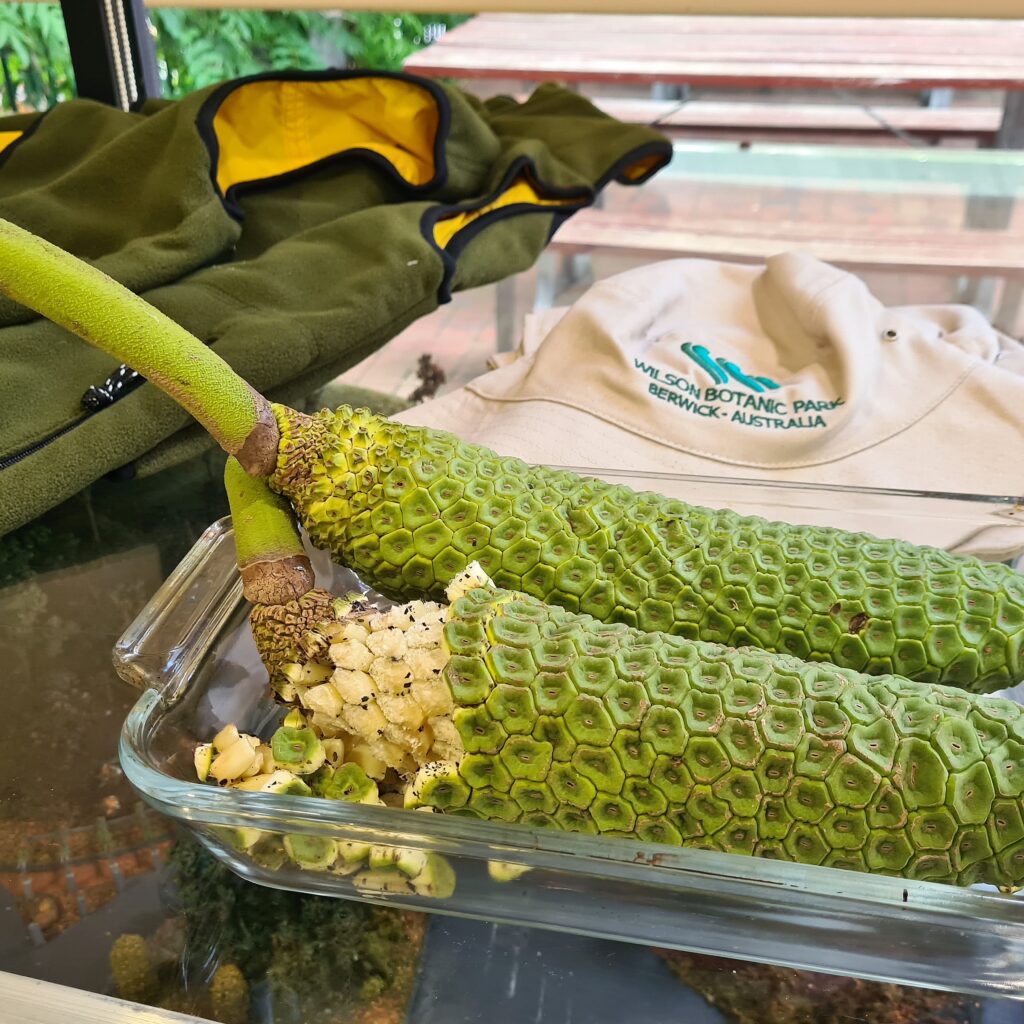
While Monstera deliciosa fruit is highly prized, its cultivation faces certain limitations:
- Lengthy maturation period: The fruit takes 10–12 months to ripen.
- Short shelf life: Ripe fruit lasts only a few days before spoiling.
- Complex harvesting: Fruit must be harvested at peak ripeness and carefully handled.
- Limited market awareness: Outside tropical regions, many consumers are unfamiliar with this exotic fruit.
These challenges limit large-scale, international commercialization, which is why production remains concentrated in its native regions.
Cultural Significance in Mexico
In Mexican folklore and traditional medicine:
- Monstera fruit is valued for its ability to soothe digestive issues.
- It’s believed to have cooling properties, often enjoyed during hot seasons.
- Its leaves and fruit also hold symbolic meaning in art and religious festivals, representing abundance and tropical fertility.
Future Outlook for Monstera Deliciosa Production
With the rising global interest in rare, exotic fruits and superfoods, Monstera deliciosa has potential for expanded niche markets:
- High-end restaurants and gourmet food markets in the U.S., Europe, and Asia.
- Specialty health food products, including smoothies, jams, and frozen pulp.
- Agrotourism initiatives in tropical Mexico, offering fruit-tasting tours and culinary experiences.
However, challenges with shelf life and production timelines mean it will likely remain a boutique crop, with Mexico leading the way.
Conclusion
So, which country is the largest Monstera deliciosa (Fruit Salad Plant) producer globally?
The answer is clear: Mexico.
Thanks to its native climate, cultural familiarity, natural abundance, and small commercial operations, Mexico remains the world’s top producer of this rare and remarkable fruit. While it may not dominate supermarket shelves globally, within the tropical delicacies market, Monstera deliciosa’s distinctive flavor, medicinal value, and natural beauty continue to make it one of Mexico’s prized botanical treasures.
As global interest in rare fruits grows, expect Mexico’s leadership in Monstera deliciosa production to remain unchallenged for years to come.

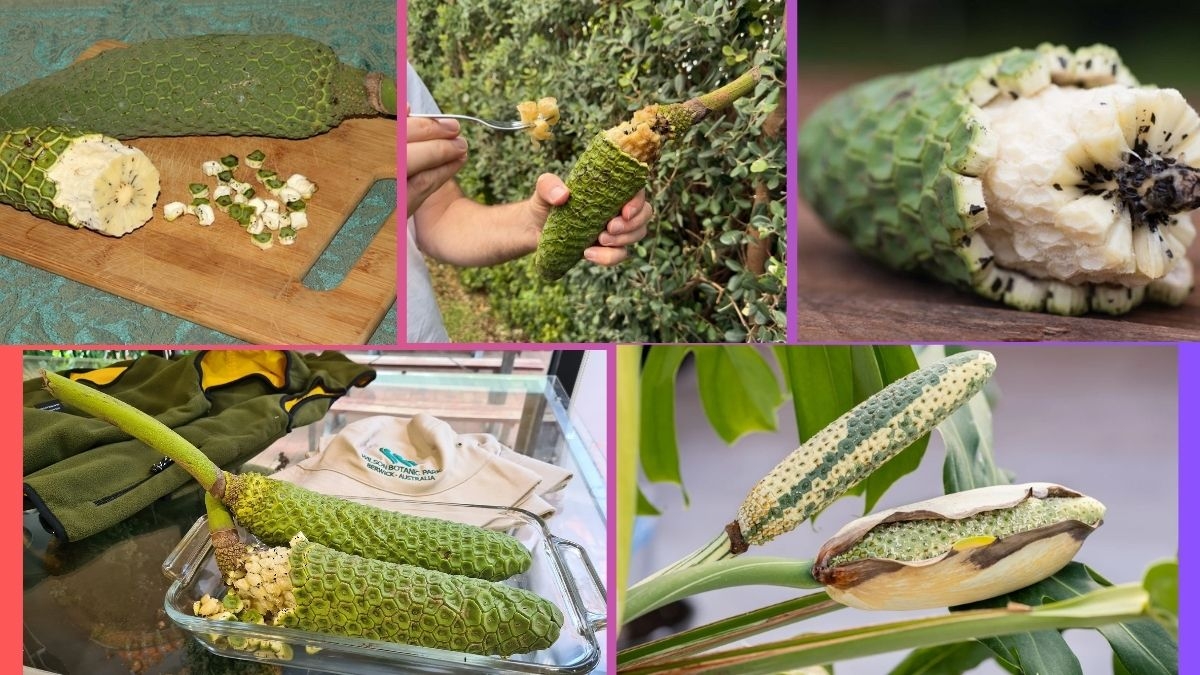




Leave A Comment